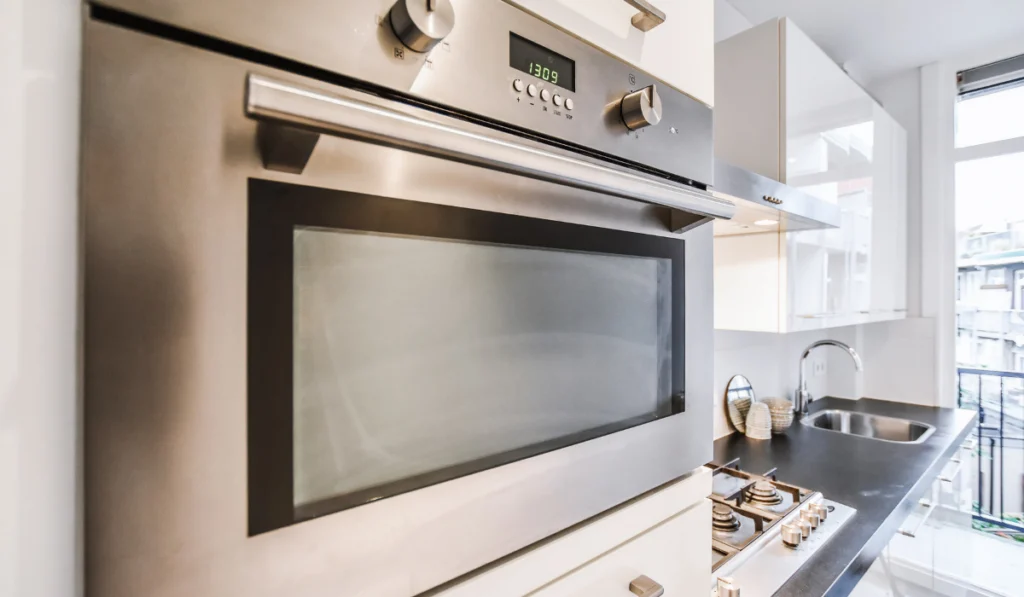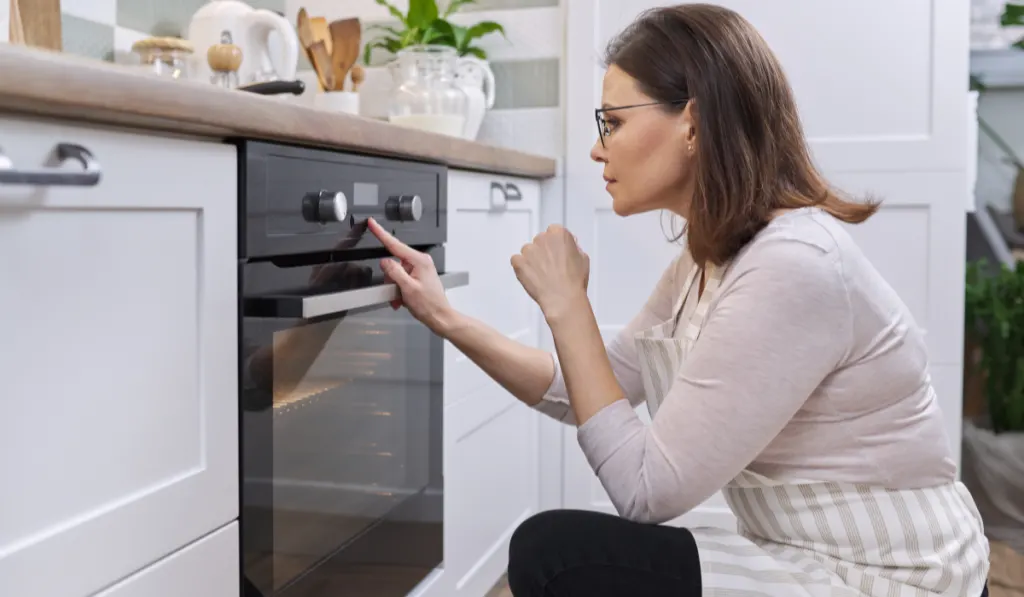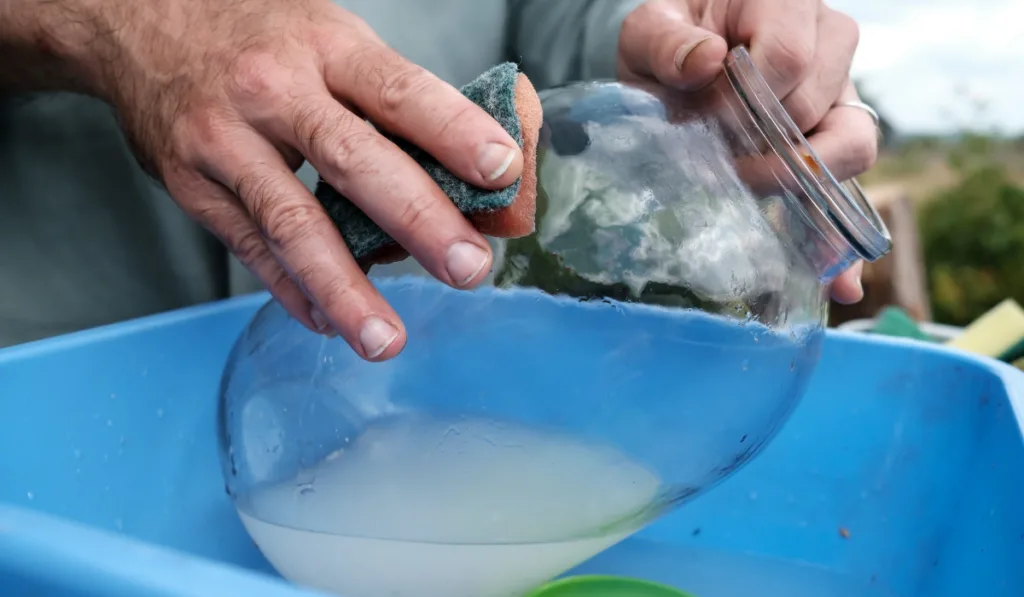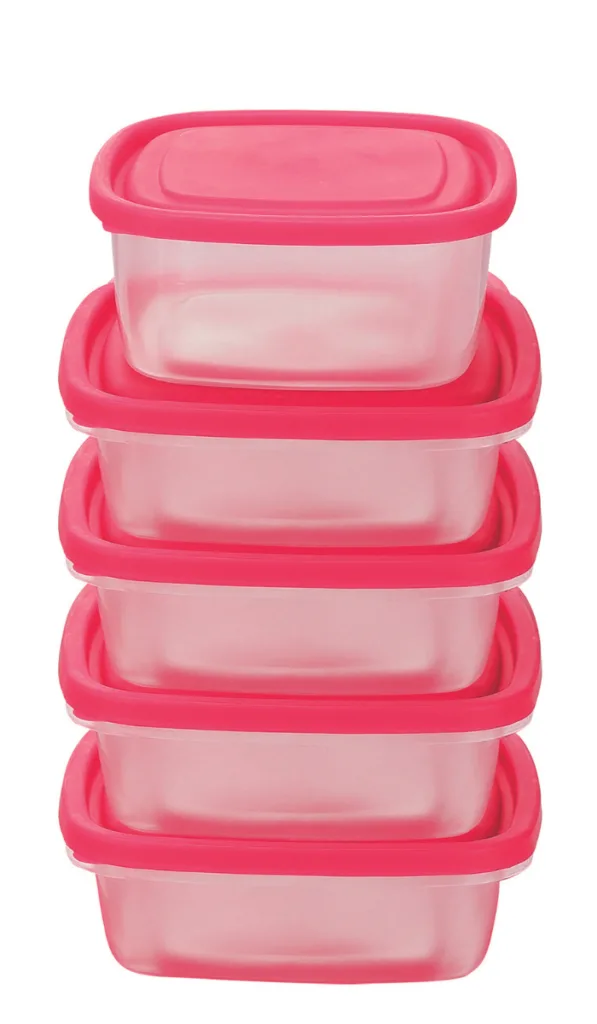Mason jars are used in the canning world for preserving surplus food for consumption at a later date. Homesteaders, preppers, and many people who buy in bulk know the benefits of using mason jars for preserving foods and keeping them tasty without losing any of their nutritional value.
You can put a mason jars and lids in the oven. Mason jars should only be put in the oven if you are going to sterilize them for food preserving purposes. A mason jar should not be used to bake food or cakes in the oven as it is not designed for cookware. A mason jar lid can be used in the oven for baking and cooking many different dishes.

Mason jars, though used extensively by the homesteading and prepping community for preserving food, are often used for many different purposes by many members of society.
To be used as food preserving jars, mason jars need to be completely clean and sterilized. There are many different methods for cleaning mason jars to make sure that they are sterile and ready for food storage.
Table of Contents
2 Main Reasons You Should NOT Use Mason Jars for Cooking
1. They Can Crack and Break
Mason jars are not made from tempered glass, which means that if they are subjected to different temperatures, they can crack and break. Not what you would like to happen while baking or cooking your favorite recipe, so don’t use a mason jar for oven cookware!
2. They Don’t Circulate Heat Evenly
Another reason for not using the mason jar for cooking or baking is that the heat of the oven cannot reach the center of the food in the jar, so bacteria are not killed during the cooking process.
Oven cookware is designed to allow the heat to circulate through the food to kill any germs and bacteria, but not so for the mason jar.
Tips for Using Mason Jar Lids for Cooking and Baking
A mason jar lid has many uses. Other than using it to seal jars for preserving and pickling, it can be used in the oven for cooking and baking!
Standard metal lids come in two sizes to fit the two common canning jar mouth sizes. Most lids are re-usable, but some have been designed for single-use only.
There are two different styles of mason jar lids: a one-piece and a two-piece. Two-piece lids are better for canning purposes as they seal better on sterilized jars, but one-piece lids will work just as well.

Because two-piece lids have a rubber sealing ring, they should not be placed in the oven to sterilize as the rubber will perish, and the lid cannot be used on sterile jars.
One-piece mason jar lids that are used for canning purposes should have a pop-up button in the center and can be used in the oven.
If you are using the lids for food preservation, the best way to sterilize them is to carefully place them in a pot of hot water on the stove and bring them to a boil for about 10 minutes.
A mason jar lid is a fantastic baking item that has been used for cooking eggs, warming up English muffins, and even roasting tomatoes!
Simply spray a lid (preferably a one-piece lid, although a two-piece can be used too) with non-stick spray, place your food item into the lid, and pop into the oven! Remember to check on it regularly as you don’t want the food to burn!
Will A Mason Jar Explode In The Oven?
A mason jar will not explode in the oven, even if it is used for cooking and baking! It could crack because of thermal shock, but it should not explode.
If you submerge a hot jar in cold water, it may crack, but again, it should not explode.
As mason jars are not designed as ovenware, it is best not to try and experiment with different foodstuffs and cooking methods while using them!
Rather use the jar for one of its many other intended uses, such as food preserving and storage.

Why Would I Put Mason Jars & Lids In The Oven?
The only time that you should place a mason jar in the oven is when you are going to sterilize the jar for food preserving purposes.
If you are using the lids for food preservation, the best way to sterilize them is in a pot of hot water on the stove and not in the oven with the jars.
How To Sterilize A Mason Jar In The Oven
One of the best methods of preserving your surplus food is with canning. To keep your food free from bacteria and other contaminants, the jar that they are to be sealed in must be sterilized.
How to sterilize your mason jar in the oven is easy if you follow these steps:
- Prepare your work areas first – wipe down countertops or tables and cover with clean, dry kitchen towels.
- Turn up the temperature on your oven to 275 degrees Fahrenheit (135 degrees Celsius).
- Place a clean cookie sheet directly onto the oven rack.
- Place the clean mason jars onto the rack – make sure they do not touch each other.
- Close the oven door to keep the heat in.
- Set your timer for twenty minutes.
- Take the mason jars out of the oven one at a time and place on the clean kitchen towel, face down.

Alternative Ways To Sterilize A Mason Jar
There are many other ways to sterilize mason jars for food preservation. Do your research first to find out which way would best suit your needs and time. Other than sterilizing mason jars in the oven, you could:
- Use steam to clean the jars in a pressure cooker.
- Microwave for one minute or so, depending on the size of the jar.
- Place in your dishwasher and rinse on the highest temperature setting.
- Boil in a deep pot for fifteen minutes.
Which Other Canning Containers Can Be Used For Food Preservation?
When storing your surplus foods or even your own home-made produce, you will need a clean, sterile container to keep the food in. While glass jars are great for canning, there are other containers that can be used for storing different items and foods.
1. Glass Containers
These are the most popular containers for storing food as they can be sterilized in the oven and then used in the freezer, too. Glass containers are sturdy enough to keep on the shelf in the pantry.
Many food items can be placed in glass containers for storage and, as they come in all shapes and sizes, can be used for storing dry and wet goods.
The only disadvantage with glass containers is the weight. Some of them are thicker and heavier than others, so make sure that you have the space to store them and that you choose the correct size for your goods.
Check that the lids fit correctly and seal properly, especially on jars that are keeping your preserved foods fresh!
2. Plastic Containers

Plastic does have a disadvantage in that it cannot be used in an oven (it will melt!), but is safe to use for short periods of time in the microwave! Plastic containers can be safely used in the freezer to store food but make sure that the plastic is BPA-free and food grade.
Storing dry goods in the pantry in bulk is possible with bigger containers, and they are not as heavy as glass.
A possible drawback with plastic containers is that they do eventually wear out, and they can collect stains and odors from the contents. Plastic containers are easier to stack and take up less room on your shelf!
Conclusion
Using mason jars for storing just about anything that will fit in them makes them a very popular item. Sterilizing before using them for food preservation is a good thing, but they do not always need to be sterile. They can be used to store everyday items such as pens, buttons, and even toothpicks!
Keeping a few lids in your camping gear or survival bag is a great idea as now that we know how to use them other than for sealing jars, you never know when you might need to use a lid as a quick frying pan when out in the great outdoors!
Resources
- https://thrivecuisine.com/kitchen-appliances/can-i-put-a-mason-jar-in-the-oven/
- https://www.cookinglight.com/healthy-living/home/do-not-use-mason-jar-for-baking
- https://www.simplycanning.com/canning-jar-lids/
- https://www.smartschoolhouse.com/easy-recipe/bake-eggs-mason-jar-lid
- https://thehomesteadinghippy.com/how-to-sterilize-jars/
